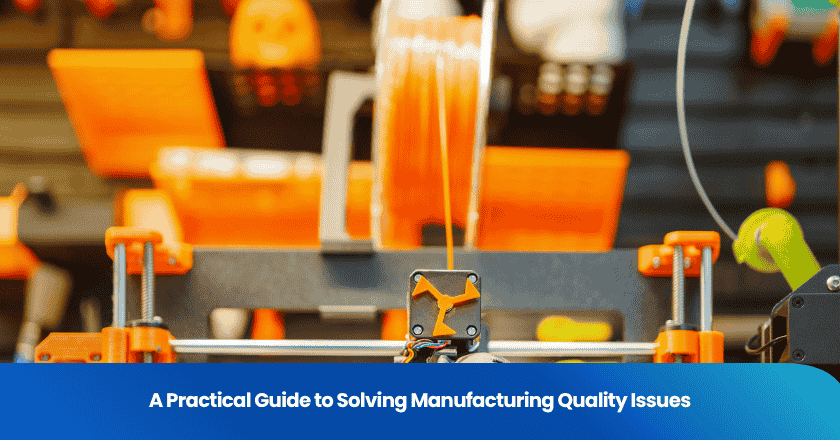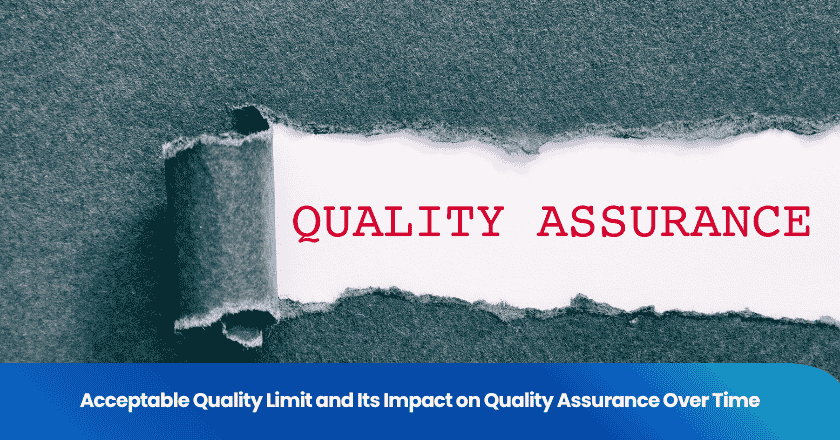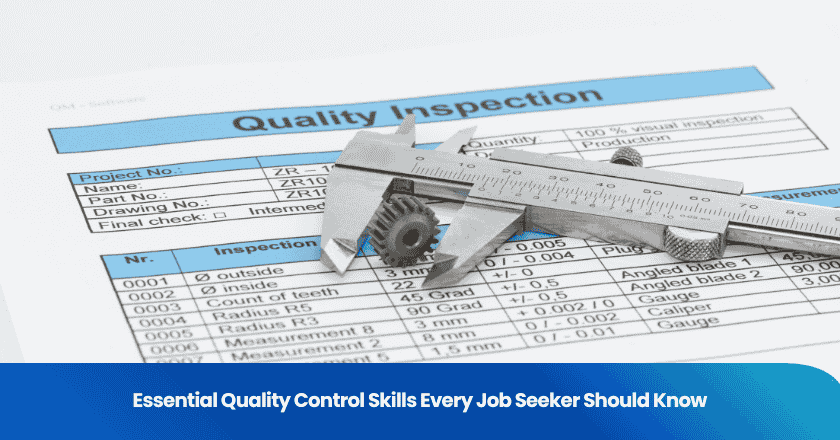
You want to know how to solve quality issues in manufacturing. Start by understanding that quality impacts every aspect of your business. Imagine stopping production because defects keep appearing. You lose time, money, and trust. Smart manufacturing uses in-line quality control to catch errors early, which reduces rework and scrap. This approach answers how to solve quality issues in manufacturing and boosts operational efficiency. You can save up to $50,000 by improving defect rates. When you focus on how to solve quality issues in manufacturing, you protect your profitability and ensure consistent quality.
Key Takeaways
- Identify root causes of quality issues to implement effective solutions. Use methods like the 5 Why’s to dig deeper.
- Standardize processes to reduce variation and improve product quality. Document best practices and train your team.
- Utilize real-time monitoring systems to track production quality. This helps catch defects early and enhances efficiency.
- Incorporate regular inspections using various methods to detect defects before products reach customers.
- Foster a culture of continuous improvement by training employees and refining processes. This leads to higher quality and operational efficiency.
Quality Issues in Manufacturing
What Are Quality Issues?
You encounter quality issues when products fail to meet established standards during manufacturing. These problems can arise at any stage, from sourcing raw materials to final assembly. Quality issues often result from defective components, poor workmanship, or inadequate quality control. You might notice inconsistent product quality, increased waste, or even regulatory challenges.
Here is a table that highlights common types of quality issues in manufacturing:
| Quality Issue | Description |
|---|---|
| Defective Components or Materials | Use of defective components due to sourcing errors or inadequate supplier quality control. |
| Poor Workmanship and Assembly Errors | Human error or lack of training leading to improperly aligned components and assembly mistakes. |
| Inadequate Quality Control Processes | Insufficient inspections and testing that allow quality flaws to go undetected until products reach consumers. |
You also face quality issues such as process defects, design flaws, and environmental factors. Deviations in quality control can lead to assembly errors and environmental defects. These problems create frustration among employees and increase operational costs.
Tip: Addressing quality issues early in the manufacturing process helps you avoid costly rework and scrap.
Why Product Quality Matters
Quality issues affect more than just your bottom line. When production quality drops, you risk consumer dissatisfaction, reputational damage, and erosion of income. Customers expect durable, well-made products. Defects lead to complaints and returns, which can overshadow even your best offerings.
Consider these impacts of poor product quality:
- Financial burdens and operational disruptions
- Recalls that negatively impact customer satisfaction (reported by 24% of companies)
- Brand reputation damage, making it harder to attract new customers and increasing marketing costs (22% cited this as the most significant impact)
- Hefty penalties, lawsuits, and product recalls
When you maintain high production quality, you minimize warranty claims, regulatory fines, and reputational damage. Consistent quality control ensures you meet standards and build trust with your customers. You protect your business from long-lasting negative effects and create a foundation for growth.
How to Solve Quality Issues
Identify Root Causes
You cannot improve production quality without first understanding the true source of your problems. Addressing only the symptoms leads to recurring defects and wasted resources. Root cause analysis gives you a structured way to dig deeper and find lasting solutions. Start by clearly defining the problem, including its symptoms and impact on your production quality. Gather relevant data about when and where the issue occurs. Use proven techniques like the 5 Why’s or the DMAIC approach from Six Sigma to identify and analyze potential causes. These steps help you pinpoint the root cause, not just the surface-level issue.
1. Define the problem and its impact.
2. Collect data related to the issue.
3. Identify possible causes using structured methods.
4. Analyze to determine the true root cause.
5. Implement corrective actions.
6. Monitor the effectiveness of your solution.
Root cause analysis applies to many areas in manufacturing. You can use it to resolve production line bottlenecks, equipment failures, process variability, and supply chain disruptions. By focusing on the root cause, you reduce the risk of recurring defects and downtime. This approach builds a culture of continuous improvement and data-driven decision-making, which strengthens your production quality over time.
Tip: Root cause analysis helps you eliminate the true sources of issues, making your production quality more reliable and consistent.
Standardize Processes
Standardizing your processes is essential for maintaining high production quality. When you create clear, repeatable steps, you reduce variation and make it easier to spot problems before they affect product quality. Begin by observing and analyzing your current process on the factory floor. Look for variations in steps, timing, and resource use. Involve your team to gather feedback and insights.
1. Observe and analyze each process step.
2. Identify variations and perform root cause analysis to understand why they occur.
3. Document the best practices, including steps, resources, and safety measures.
4. Train your team on the standardized process and provide ongoing education.
5. Implement the standardized process and monitor its effectiveness.
Standardization covers more than just workflows. You can standardize tools, features, raw materials, and behaviors. This approach reduces waste and improves efficiency. Case studies show that implementing standardized procedures can lower defect rates from 10% to 3%. Without standardization, you risk inconsistent production quality and increased customer complaints. Lean manufacturing and Six Sigma both emphasize process standardization as a core principle. These methodologies help you streamline operations, reduce waste, and improve production quality.
Note: Inefficient or inconsistent processes often lead to higher defect rates and lower production quality. Standardization is a proven solution for these challenges.
Visualize Production Steps
Visualizing your production steps gives you real-time insight into your manufacturing process. When you can see each stage, you identify bottlenecks and quality issues before they escalate. Visualization tools and dashboards transform raw data into actionable insights. You can use platforms that offer real-time monitoring, customizable dashboards, and advanced analytics to track production quality.
- Visualization helps you collect and analyze data from the shop floor.
- You can trace issues back to their origin, making root cause analysis more effective.
- Real-time visibility allows you to take immediate action, preventing small problems from becoming major disruptions.
Learning to visualize your production process shifts your management style from reactive to proactive. You prevent minor issues from growing into costly disruptions. Statistical process control also plays a key role here. By monitoring process data and using control charts, you can detect variations early and take corrective action. This approach improves production quality, reduces waste, and increases customer satisfaction.
Pro Tip: Visualization and statistical process control help you maintain high production quality by making problems visible and actionable.
Improve and Monitor Production Quality
Real-Time Monitoring
You can improve manufacturing quality by investing in real-time quality control systems. These systems allow you to track production quality at every stage. Set clear objectives for monitoring, such as reducing downtime or enhancing product quality. Choose methods that match your process complexity and scale. Monitor key performance indicators like cycle time, machine utilization, defect rates, and energy consumption. Use predictive analytics to anticipate maintenance needs and optimize schedules. Train your teams to interpret monitoring data and respond to alerts. Regularly review and update your monitoring systems to keep them effective.
AI-driven monitoring technologies deliver measurable improvement in production quality. Teams use data-driven decisions to minimize waste and boost product consistency. You see enhanced tracking of machine performance, reduced production errors, higher yield rates, and better quality control through continuous data analysis.
Tip: Real-time monitoring helps you link quality issues to specific machine behaviors, making defect detection faster and more accurate.
Inspection Methods
Inspection remains a cornerstone of quality management. You need regular quality checks to detect and correct defects before they reach customers. Use a mix of inspection methods to ensure thorough defect detection:
| Inspection Method | Description |
|---|---|
| Visual Inspection | Manual examination for visible defects such as scratches or deformations. |
| Automated Visual Inspection (AVI) | Cameras and AI evaluate products continuously, minimizing human error. |
| Non-Destructive Testing (NDT) | Ultrasonic testing and radiography check for internal defects without damaging products. |
| Functional Testing | Ensures products perform intended functions and meet safety standards. |
| Statistical Process Control (SPC) | Monitors processes to detect drift before defects occur, ensuring consistent quality. |
Regular inspections are essential for maintaining high production quality. Higher production rates require more frequent quality checks to avoid defects. Inspections should be a continuous process, allowing you to identify and rectify issues quickly.
- Cost-effective: Prevents defective products from reaching customers.
- Fast and efficient: Enables timely correction, minimizing downtime.
- Optimization: Streamlines processes and reduces human intervention.
- Accuracy: Automated systems improve detection of minor flaws.

Continuous Improvement
Continuous improvement drives lasting quality improvement in manufacturing. Adopt strategies like Lean, Total Quality Management, and the PDCA Cycle to refine your process and boost production quality. Use visual management systems for immediate visibility of process performance. Document standard work to capture best practices. Implement quick changeover techniques to reduce downtime. Preventive maintenance programs minimize equipment failures. Pull systems ensure you produce only what is needed.
Employee training plays a vital role in quality improvement. Organizations with effective training see a 30% decrease in product recalls. Training fosters accountability and vigilance, which are crucial for quality assurance. Supplier reviews also impact production quality. By evaluating suppliers’ capabilities and quality management systems, you prevent defects and reduce costs associated with poor quality materials.
Note: Continuous improvement, regular process evaluation, and clear quality standards help you maintain high production quality and achieve sustainable growth.
You can solve quality issues in manufacturing by taking practical steps every day:
- Identify root causes and implement corrective actions.
- Collaborate with suppliers to improve material quality.
- Monitor production quality continuously and conduct regular audits.
- Standardize processes to ensure product quality and reduce variability.
- Motivate your team through gamified metrics, innovation programs, and cross-training.
Apply these recommendations now to build a culture of proactive quality management. You will see lasting improvements in manufacturing and achieve high product quality that sets you apart.
FAQ
What causes most product quality issues in manufacturing?
You often see product quality problems from inconsistent processes, poor training, or unreliable suppliers. Equipment failures and lack of real-time monitoring also contribute. Addressing these factors helps you maintain high standards and reduce defects.
How can you improve product quality on the production line?
You can improve product quality by standardizing processes, training employees, and using real-time monitoring systems. Regular inspections and feedback loops help you catch defects early and maintain consistent results.
Why is continuous improvement important for product quality?
Continuous improvement lets you adapt quickly to changes and prevent recurring issues. You build a culture focused on excellence. This approach helps you achieve higher product quality and operational efficiency.
What inspection methods work best for maintaining product quality?
You should use a mix of visual inspection, automated systems, and statistical process control. These methods help you detect defects early and ensure every product meets your quality standards.
How does employee training affect product quality?
Employee training increases awareness and accountability. Well-trained teams follow procedures correctly and spot issues faster. You see fewer mistakes and higher product quality across your operations.
Grow your business with TradeAider Service
Click the button below to directly enter the TradeAider Service System. The simple steps from booking and payment to receiving reports are easy to operate.


